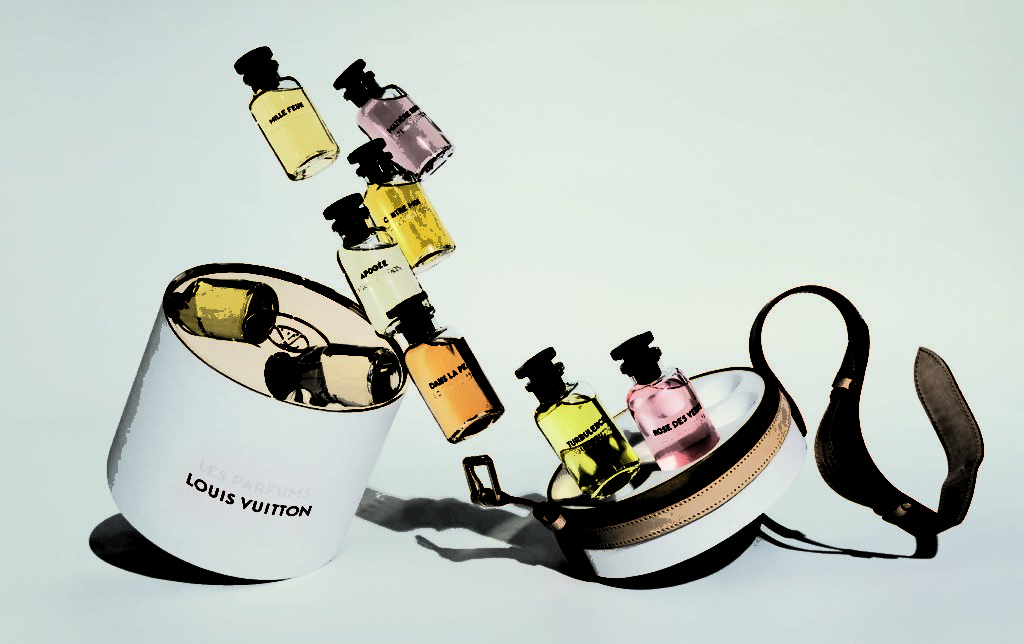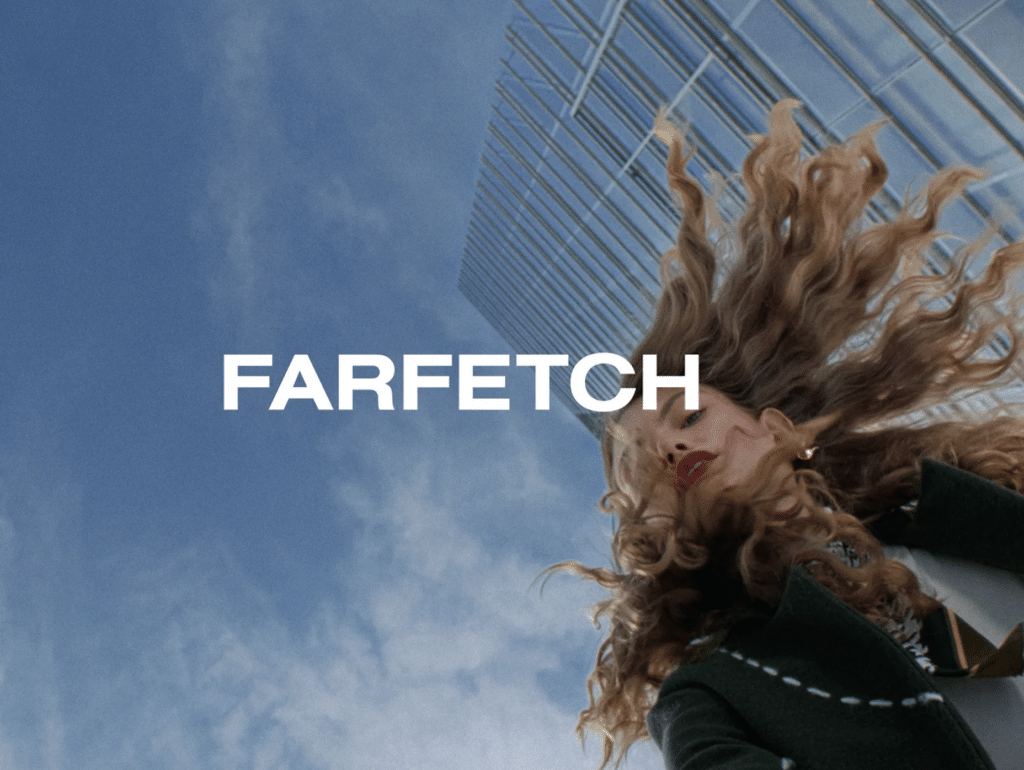In August 2016, Louis Vuitton debuted a collection of perfumes, its first effort in the lucrative category in approximately 70 years. With the help of master perfumer Jacques Cavallier-Belletrud, the Paris-based brand rolled out a range of seven $240-plus scents – from its leathery Dans Le Peau to the Tuberose-centric Turbulences. While the Rose des Vents scent has been the stand-out offering in terms of sales, another scent, the Lily of the valley-based APOGÉE has proven the most compelling from a legal perspective.
Three years after the initial release of the Les Parfums line, Louis Vuitton is fighting for the right to register the APOGÉE name with the U.S. Patent and Trademark Office (“USPTO”), without any success. Following an initial back-and-forth beginning in 2015, the U.S. trademark body refused to register Louis Vuitton’s APOGÉE mark – which translates to “height” in English – for use on perfumes, skin care products, lotions, hair care preparations, shower gels, and lipstick, among “a broad spectrum of” other cosmetic goods.
After receiving a letter of opposition from California-based haircare company KAB Brands – which holds two federally registered trademarks for the word ApHOGEE for use on skincare and hair products – arguing that the similarity of Louis Vuitton’s APOGÉE mark is likely to cause confusion amongst consumers, the USPTO refused to register Louis Vuitton’s mark.
In hopes of eliminating any similarities between its offerings and those of KAB (and thus, landing a registration for its mark), Louis Vuitton amended its application to remove “hair care preparations” from the list of products on which it would use the APOGÉE mark. In its amended trademark application, Louis Vuitton limited the goods and/or services associated with its mark to “Perfumery; Perfumery products, namely, oils for perfumes and scents, perfumes; toilet water; eaux de parfum; eaux de Cologne; all of the foregoing for non-professional use and sold only within Louis Vuitton Malletier stores, on Louis Vuitton Malletier’s website and within Louis Vuitton Malletier’s store-within-store partnerships with high-end retail stores within Louis Vuitton Malletier’s exclusive distributor network.”
However, the USPTO held that the changes did not eliminate the chance that consumers might be confused into believing there is a link between Louis Vuitton and KAB’s products – which is at the heart of a trademark infringement claim – and as a result, handed Louis Vuitton a loss by way of a final refusal in July 2016.
Unsatisfied, Louis Vuitton appealed the USPTO’s finding to the Trademark Trial and Appeal Board (“TTAB”), which affirmed the USPTO’s decision to refuse registration for the APOGÉE mark. The TTAB’s panel of 3 Administrative Trademark Judges stated that “because the marks are so alike in appearance and could be pronounced similarly, it is likely that consumers would perceive [Louis Vuitton’s mark] as having the same meaning and commercial impression [as KAB’s marks].” The board also asserted that “it is not uncommon for perfumery and hair care products” – which “are related, complementary items intended to be used together as part of one’s beauty care regime” – to be “sold under the same trademark,” thereby, giving rise to a likelihood of confusion.
With yet another loss in hand, Louis Vuitton took the matter to the U.S. Court of Appeals for the Federal Circuit (decisions of the TTAB may be appealed to the Federal Circuit), arguing that the TTAB “erred in concluding that consumers are likely to confuse [its] applied-for mark APOGÉE with the registered mark APHOGEE.”
Louis Vuitton took issue with the TTAB’s treatment of the first four DuPont factors – those used to determine whether there is a likelihood of confusion between trademarks – namely, “(1) The similarity or dissimilarity of the marks ; (2) The similarity or dissimilarity and nature of the goods or services; (3) The similarity or dissimilarity of established trade channels; and (4) the nature of the buyers, i.e. ‘impulse’ vs. careful, sophisticated purchasing.”
Late last week, the court served Louis Vuitton its latest loss, and upheld the USPTO’s refusal to register its APOGÉE mark. The 3-judge panel for the Federal Circuit held that “substantial evidence supports” a finding that the two parties’ mark are, in fact, “similar in appearance, sound, and commercial impression,” in large part because “neither APOGÉE nor APHOGEE is a recognizable English word.”
The court held that the goods at play – while not identical – are related, as are the channels of trade. Even if Louis Vuitton sells its goods almost exclusively by way of its own stores, the court held that Louis Vuitton admitted that it also sells its fragrances in “store-within-store partnerships with high-end retail stores.” As such, the court “rejected the contention that a ‘high-end retail store’ is not a channel of trade appropriate for goods covered by [Louis Vuitton’s] mark, as well as [KAB’s] registered mark.”
Still yet, the court asserted that while the price difference between Louis Vuitton and KAB’s products – “Louis Vuitton’s perfume retails for $240 per 100ml bottle and $350 per 200ml bottle, while KAB’s hair products retail for around $11 per 16oz bottle” – means it is “unlikely that a consumer would mistakenly associate Louis Vuitton’s perfume with KAB’s hair care products (or skincare products),” that does not account for the fact that “APHOGEE registration and APOGÉE application do not restrict purchasers or pricing, nothing prevents Louis Vuitton from developing a low-cost version of its product or KAB from developing a high-end version of its product.”
With the foregoing in mind, the court found that “substantial evidence supports the [TTAB’s] determinations for each DuPont factor,” and thus, has “affirmed its conclusion that a consumer is likely to confuse the applied-for mark APOGÉE with the registered mark APHOGEE.”
That means no registration for Louis Vuitton, which can, of course, continue to sell to fragrance. As for whether KAB will now initiate trademark infringement proceedings against Louis Vuitton given the similarity of the two marks is another matter entirely.
*The case is IN RE: LOUIS VUITTON MALLETIER, 2018-1651.











